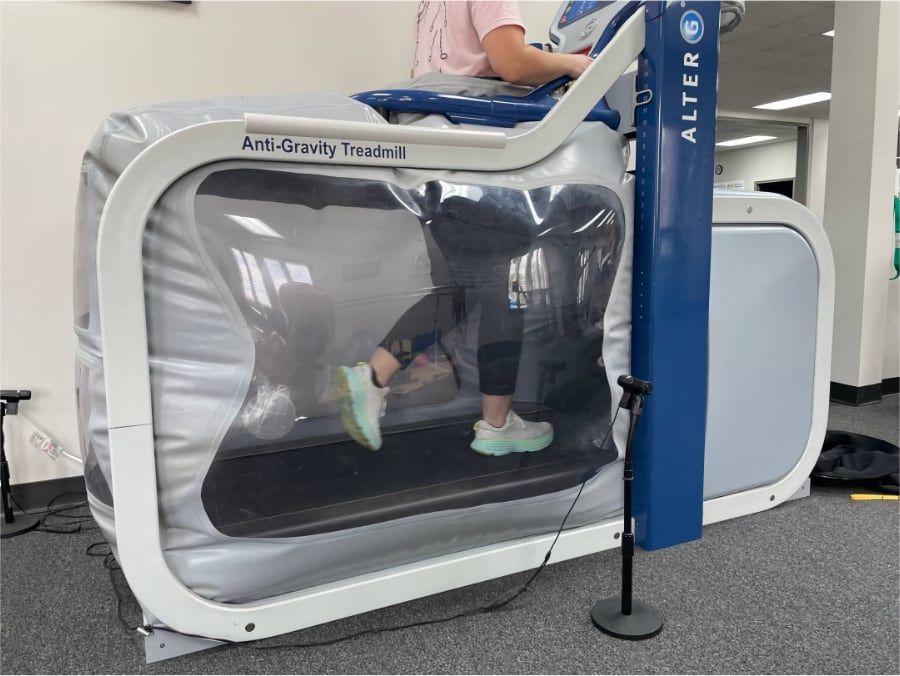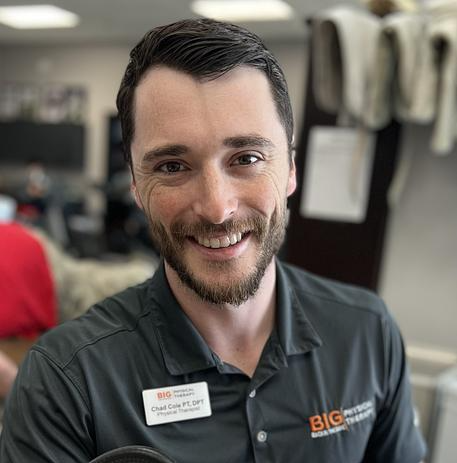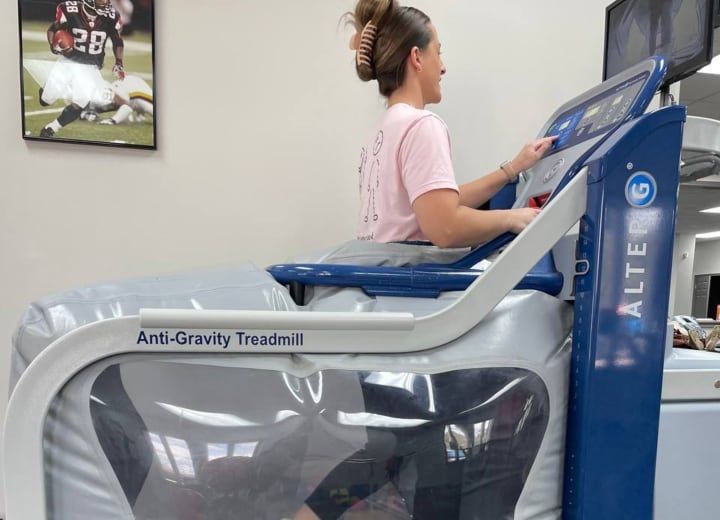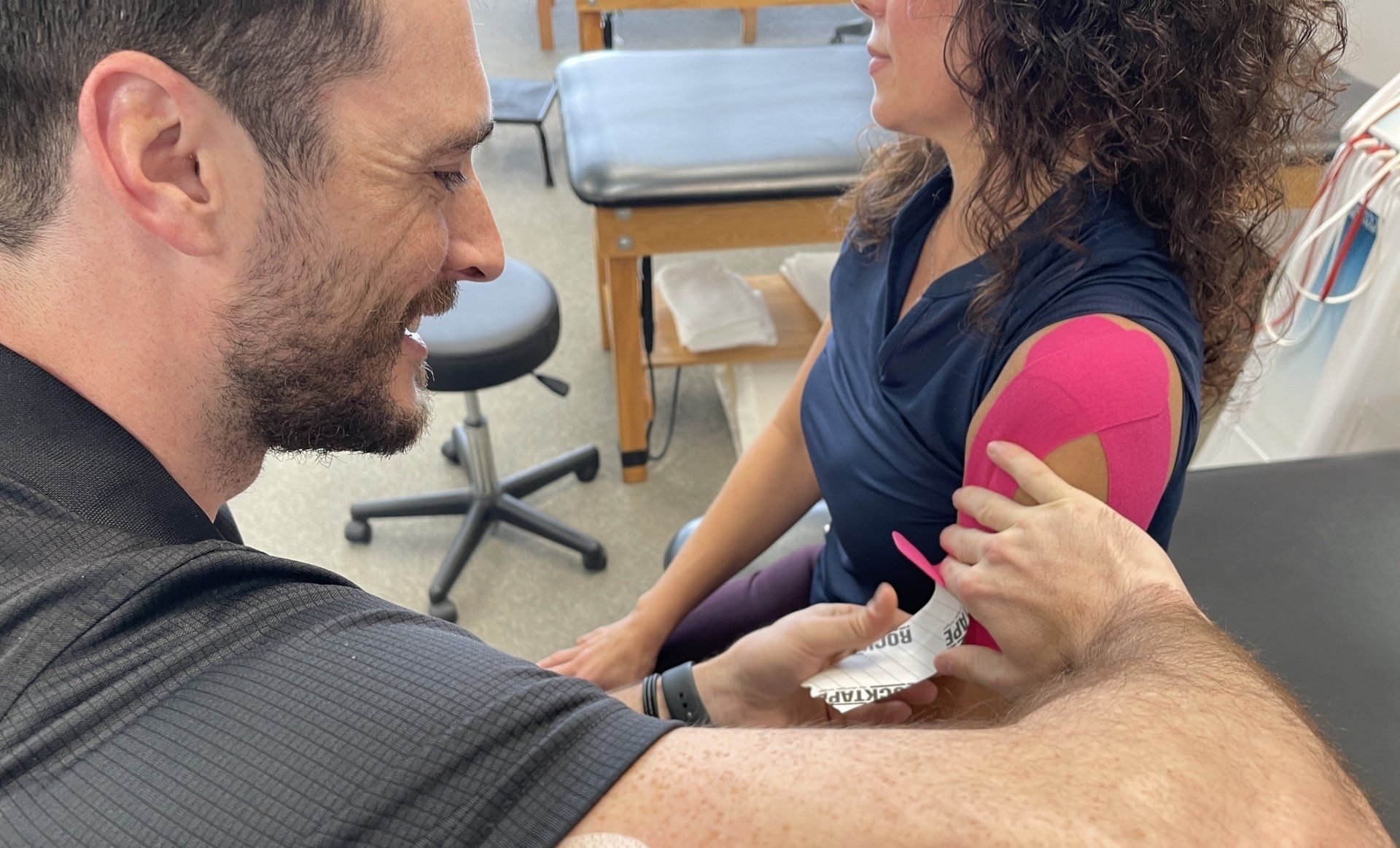A Guide to Physical Therapy After ACL Surgery
An ACL tear is catastrophic. It’s debilitating, terrifying, quite painful, and comes with a challenging road to recovery.
It can feel like a lot, but modern medicine is well-acclimated to treating this condition. With surgery and physical therapy, you can make a full recovery.
So, if you’re facing ACL surgery and everything that comes with it, you might want a clear idea of what to expect. You’ll find an ACL recovery timeline below, but as you read, remember the most important thing. Everyone is different, and your experience will not perfectly match this timeline. It’s a rough guide.
Post ACL Surgery Expectations
Immediately after surgery, the knee tends toward swelling, and mobility will be restricted. Your physician will typically recommend a cold-compress treatment to manage swelling. You will also be given a list of exercises to do every day, starting on the day you are released from the surgery.
Many patients use a continuous passive motion machine to help restore mobility over the first seven days. Regardless, the knee should stay elevated above the heart when you are not in therapy, and you will be able to put weight on your knee according to your own tolerance.
The Post ACL Surgery Timeline
On the day of the surgery, you will typically rely on crutches. Getting back to full weight on your knee is highly variable and depends on the individual. Despite that, the first rehabilitation exercises typically start in the recovery room after your surgery. That’s right. Physical therapy for ACL tear begins on day one.
Within the First Month
In the first two weeks after the surgery, the primary focus is reducing swelling and restoring knee extension. This involves a lot of elevation and ice in the first seven days and mild therapeutic exercise. In the second week, physical therapy increases, and you may end up on a stationary bike.
In the third and fourth weeks, full knee extension is the primary focus. Getting to 90-degree knee flexion is another common goal. All of this will stem from a customized physical therapy plan.
Within the First Six Months
The first month, as discussed above, focuses on controlling swelling and then restoring a full range of motion to the knee. In the second month, you will put more emphasis on strength and endurance, bringing in exercise machines and working on more advanced rehabilitation regimens.
The following months are all about restoring confidence in your knee. You will work on strength and power, and jogging is often allowed at the three-month mark (depending on the patient).
Within the First Year
Close to the year point, a patient is evaluated, and that evaluation will determine the final timeline. On average, patients can return to sports in a safe manner after one year.
How to Restrengthen Your ACL
As time continues, your focus will switch to strengthening your ACL and your knee. Your physician and/or physical therapist will guide this transition, but once you are approved, the leg press will be a staple exercise for building strength.
Other exercises will be customized to your physiology and goals, but you will likely work with a treadmill, step machine, and/or elliptical machine. Regular exercise also routinely includes heel props, towel stretches, flexion, heel slides, and shuttle presses.
When Will the ACL Fully Recover?
It’s important to remember that everyone is different. While the average recovery time for an ACL surgery is nine months, that won’t always be the case.
Regardless,
physical therapy after ACL surgery will aim to restore full ability to your knee, and when you complete everything on the rehabilitation checklist, you should be able to safely return to sports. Your physician may recommend knee bracing to prevent reinjury, and they will work with you to make sure that your return to sports is educated and healthy.
About the Author
Chad Cole
PT, DPT
Specialties: Knee Injuries and post-surgical conditions
Certifications: Dry Needling and Spinal Manipulation
Location(s): Flowery Branch, GA
Contact
Request an appointment






